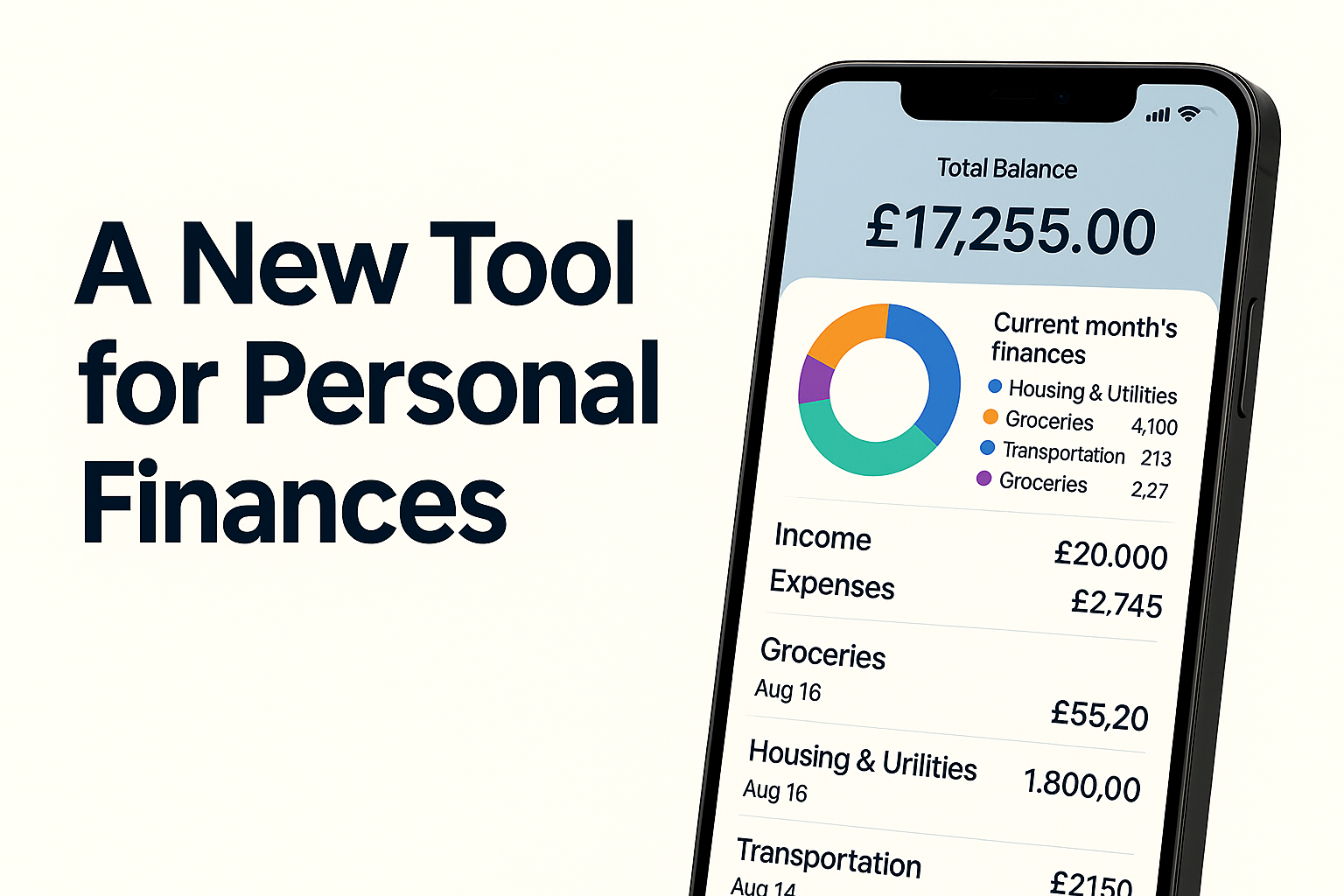
A New Tool for Managing Personal Finances in 2025
Discover how more people are organizing their finances with this simple money system. Financial stability is not always about how much you earn — it’s about how you manage what you have. Many people with high incomes struggle with savings, while others with modest salaries build solid safety nets and plan ahead with confidence.
In this article, we’ll walk through a clear, beginner-friendly process to help you start managing your personal finances more effectively — no jargon, no pressure.
📌 What Is Personal Financial Management?
Simply put, it’s a system that helps you:
- Understand how much you earn and spend
- Make conscious decisions about where your money goes
- Build savings and reduce financial stress
- Set meaningful financial goals and stick to them
You don’t need to be a financial expert to get started — just consistent and aware.
✅ Step 1: Track Your Spending
The first step is awareness. Even if your income is unstable, start by tracking your expenses for 30 days — every single one, no exceptions.
Use categories like:
- Housing & Utilities
- Groceries
- Transportation
- Subscriptions
- Health & Insurance
- Entertainment
You can use any app you like (MoneyWiz, Zenmoney, Excel, Google Sheets). After just one week, you’ll likely notice where “invisible” spending happens.
✅ Step 2: Build a Simple Budget
A budget is not about cutting joy out of your life — it’s about clarity. A popular approach is the 50/30/20 method:
- 50% — essentials (rent, bills, food)
- 30% — wants (entertainment, dining, gifts)
- 20% — savings and debt repayment
These are guidelines, not rules. The point is to give every pound a purpose.
✅ Step 3: Create an Emergency Fund
Life happens. A broken boiler, an unexpected medical bill, or job loss can hit hard if you’re unprepared. That’s where your emergency fund comes in.
Start with a small goal: £500–£1,000.
Then aim for 3–6 months of core expenses.
Open a separate savings account and automate small transfers. Frequency is more important than amount.
✅ Step 4: Manage Your Debt Smartly
Debt isn’t always bad — but unmanaged debt is draining. Start by writing down:
- Total debt balance
- Minimum payments
Two popular strategies:
- Snowball method: Pay off the smallest debts first for quick wins
- Avalanche method: Pay off the highest-interest debts first to save money
Whichever you choose — stay consistent and celebrate milestones.
✅ Step 5: Set Clear Financial Goals
Goals turn saving from a chore into a mission. They should be specific and measurable:
- “Save £3,000 for a trip in 10 months” → £300/month
- “Build £6,000 emergency fund in 2 years”
- “Pay off credit card by June 2026”
Write them down. Review progress monthly. Small wins build momentum.
✅ Step 6: Automate Your Finances
Automation is your ally. Set up:
- Auto-transfers to savings
- Automatic bill payments
- Reminders for financial reviews
Also: unsubscribe from services you don’t use. Simpler = better.
✅ Step 7: Review Monthly
At the end of each month, take 15–20 minutes to check in:
- Did you stay within budget?
- Are you closer to your goals?
- What needs adjusting?
Use this as a moment to reflect — not to judge. Progress beats perfection.
💬 Final Thoughts
You don’t need to be wealthy or perfect. You just need a system — and to follow it consistently.
Personal financial management isn’t about restriction. It’s about freedom through structure.
You don’t need more income to feel secure — you need better habits.
Start with one step. Stick with it. Your future self will thank you.
